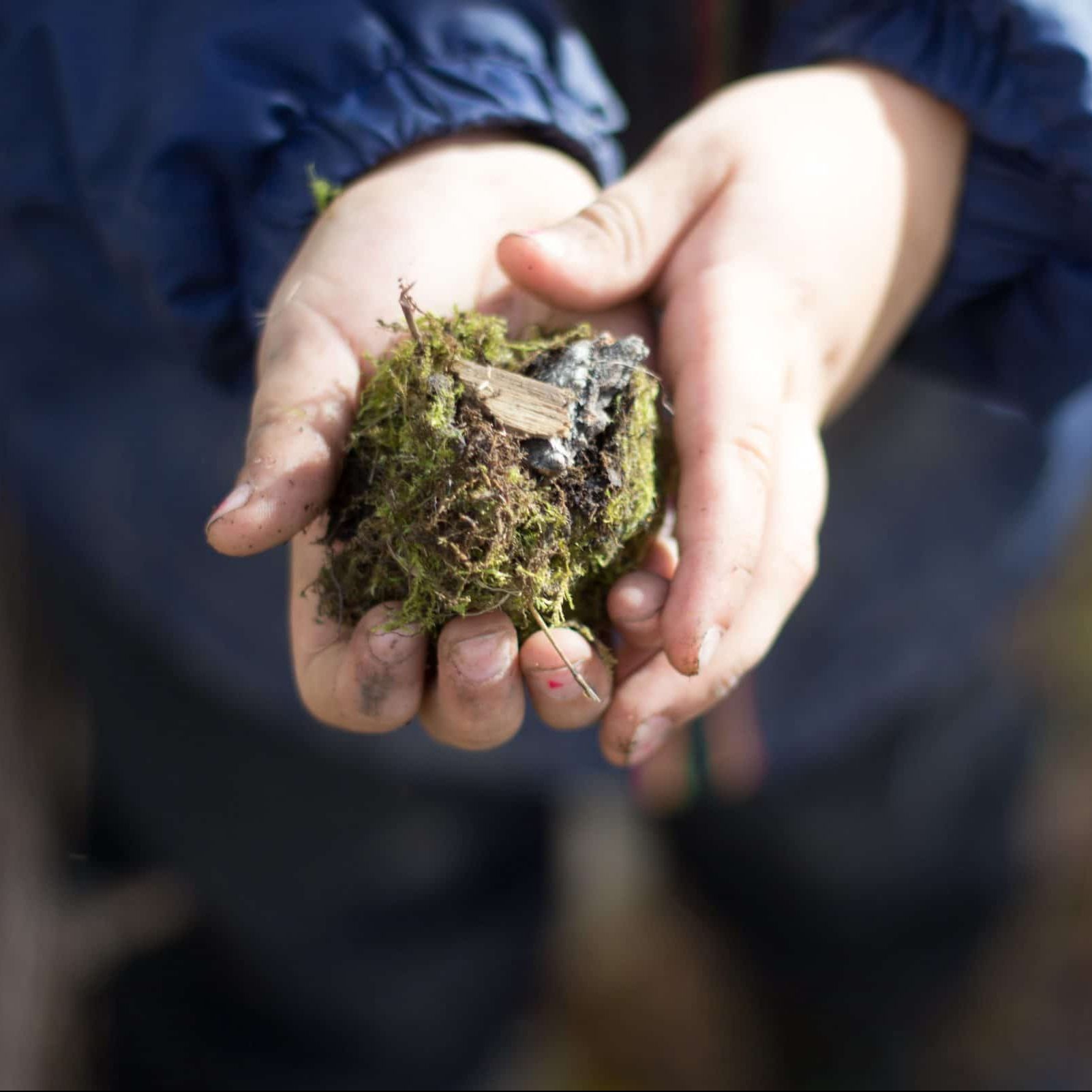COLOUR MATCHING
Kindergarten
Students learn about colours by comparing and contrasting paint chips with different objects found in nature.
We’ve pulled together some of our favourite activity ideas from our spring school program resources for teachers like you.

| Early Years (K–3) | Middle Years (4–6) | Senior Years (7–12) |
|---|---|---|
| Observe nature in spring, including trees, wetlands and the soil beneath our feet. | Discover the diversity of local animals and plants, and observe the weather. | Understand the connections in ecosystems and how humans fit in. |
Kindergarten
Students learn about colours by comparing and contrasting paint chips with different objects found in nature.
Grades 2–3
Students will learn about metamorphosis by observing the life cycles of animals or insects.
Grades 2–3
Does trash turn back into soil? Learn about how materials break down in nature by planting a garbage garden.
Grade 4
Animals have some amazing adaptations for survival. Try creating a critter of your own using habitat scenarios.
Grade 5
Using simple materials, students can design and build useful weather instruments.
Grade 6
Learn to classify and identify local plants or animals to create your own field guide.
Grade 8
Learn what it takes to make water safe for drinking and experiment with different materials to filter water.
Grade 10
Learn to measure tree heights using trigonometry and simple tools while keeping your feet safely on the ground!
Grade 12
Learn how invasive species can negatively affect the lives of local plants and animals and ways we can monitor, educate and reduce their impacts.